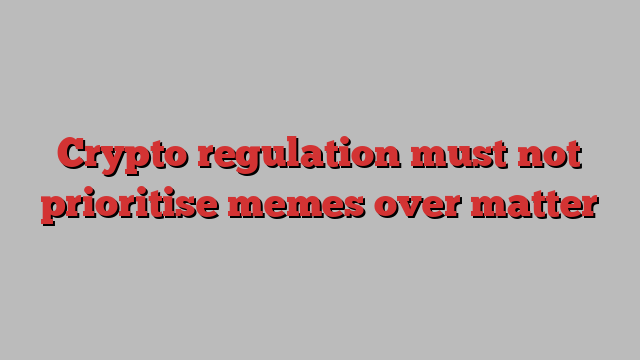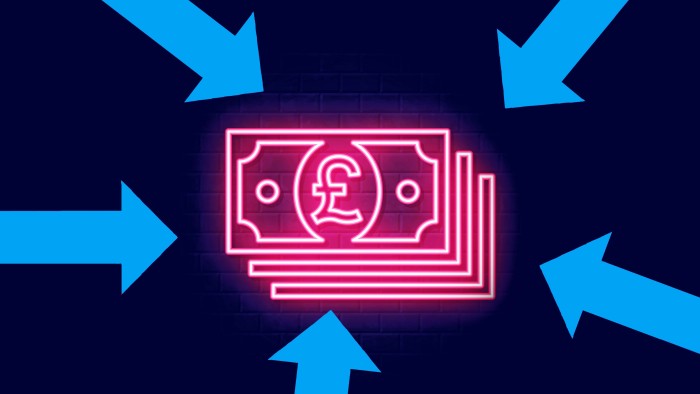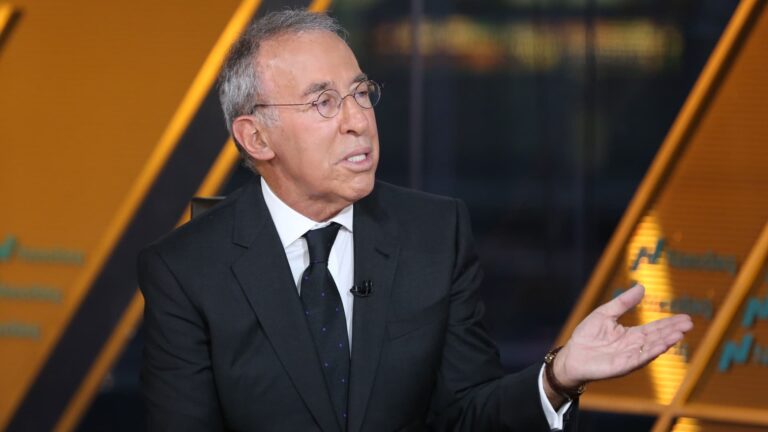
Crypto regulation must not prioritise memes over matter
Unlock the Editor’s Digest for free
Roula Khalaf, Editor of the FT, selects her favourite stories in this weekly newsletter.
The author is general partner at Andreessen Horowitz, where he leads the crypto fund, and is author of “Read Write Own”
With crypto prices reaching all-time highs again recently, there’s a risk of too much speculation, especially given the buzz around memecoins. Why does the market keep repeating these cycles, instead of supporting the more productive blockchain-based innovations that will truly make a difference?
Memecoins are crypto tokens used mostly for humour, born of joining an online community that’s in on the joke. You’ve probably heard of Dogecoin, based on the old doge meme featuring images of Shiba Inu dogs. It emerged as a loose community online when someone ironically added a cryptocurrency that later had some financial value. This kind of memecoin embodies various facets of internet culture and is mostly harmless.
But my goal here is not to defend or to diminish memecoins. It’s to point out the absurdity of a regulatory regime in the US that lets meme-only tokens thrive — while crypto companies and blockchain tokens with more productive uses face hurdles. We see this everyday while working with entrepreneurs and start-ups. Any mememaker can easily create, launch, and even automatically list tokens. But entrepreneurs trying to build something lasting? They get stuck in regulatory purgatory.
Think about it this way: we’d consider it a policy failure if we had a securities market that incentivised only GameStop meme stocks, but rejected the likes of Apple, Microsoft and Nvidia. Yet current regulations encourage platforms to list memecoins and not other, more useful tokens that make it possible for individuals and communities to own internet platforms and services. But the lack of regulatory clarity in the crypto industry means platforms and entrepreneurs fear that the more productive blockchain token they are listing or developing could suddenly be deemed a security.
I call the distinction between these more speculative and productive use cases in the crypto industry the “computer vs the casino”. One culture (“the casino”) sees blockchains as a way to launch tokens primarily for trading and gambling. The other (“the computer”) is more interested in blockchains as a new platform for innovation, much like web, social and mobile were before it. Such blockchain-based innovations include decentralising AI and verifying what’s real against deepfakes.
So why are we prioritising memes over matter? US securities laws do not empower the Securities and Exchange Commission to make merit-based judgments about an investment. Nor is it the SEC’s job to end speculation altogether. Instead, its role is to protect investors; to maintain fair, orderly and efficient markets; and to facilitate capital formation. The commission is failing across all three objectives when it comes to digital asset markets and tokens.
The primary test the SEC uses to determine whether or not something is a security is the 1946 Howey test, which involves assessing a number of factors — including whether there is “a reasonable expectation of profits” due to the managerial efforts of others. Take, for example, bitcoin and ethereum: while both crypto projects began with the vision of a single person, they evolved into communities of developers with no one entity in control — so potential investors don’t have to rely on anyone’s managerial efforts. These technologies now function like public infrastructure rather than proprietary platforms.
Unfortunately, other entrepreneurs building innovative projects don’t know how to qualify for the same regulatory treatment as bitcoin (founded in 2009) and ethereum (2013-2014). These are the only significant blockchain projects that the SEC has deemed, explicitly or implicitly, not to involve managerial efforts. The SEC approach has led to much confusion and uncertainty in the industry. While the Howey test is well reasoned, it is inherently subjective. Memecoin projects don’t have developers so there’s no pretence of memecoin investors relying on the managerial efforts of anyone. Memecoins thus propagate, while more innovative projects struggle.
The answer isn’t less regulation — it’s better regulation. Specific solutions include adding well-tailored disclosures to provide regular investors with more information. Another solution is requiring long lock-up periods to prevent get-rich-quick schemes. Regulators implemented similar protections following the Great Depression, after the excesses of the roaring 1920s and stock market crash of 1929. Once those guardrails were in place, we saw an unprecedented era of growth and innovation in our markets and economy. It’s time for regulators to learn from the mistakes of the past.






